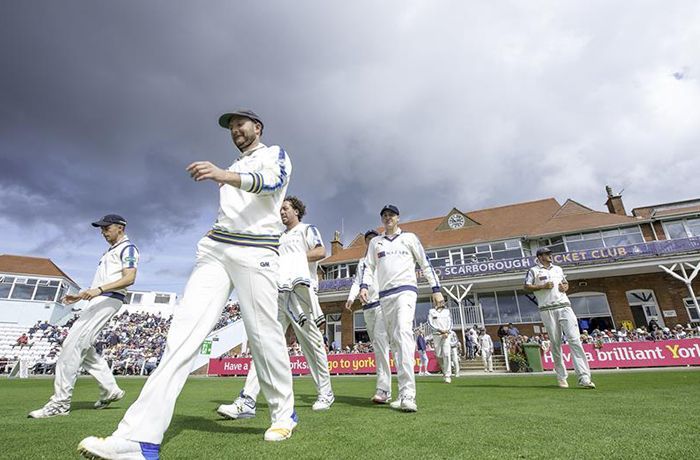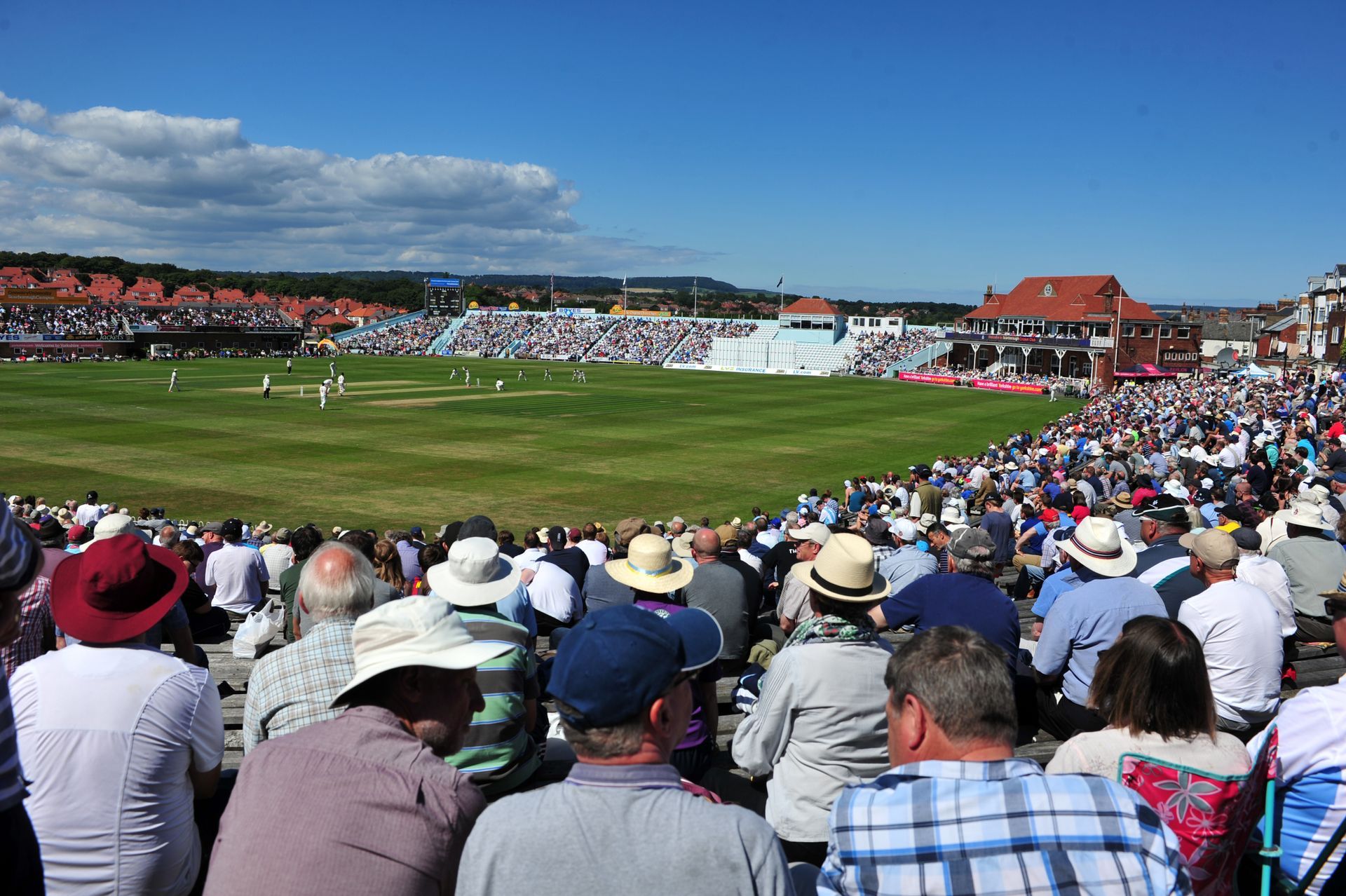Cricket and the Equality Act 2010
The England and Wales Cricket Board (ECB) is committed to ensuring that cricket is safe and
welcoming to all members of the community.New Paragraph
Through ECB’s Inclusion and Diversity Strategy; One Game we aim to work and develop
appropriate plans and programmes that encourage, welcome and respect people from
differing backgrounds and communities.
Cricket should be accessible for everyone including those who are:
- From all ethnicities
- From all faiths
- From any age groups
- Male or female
- Disabled or have a mental illness
- From all socio economic groups
- Lesbian, gay, bisexual, or transgender
The Equality Act 2010 – An Introduction for Cricket Organisations
The ECB believes that the Equality Act 2010 provides an opportunity for cricket organisations (e.g. clubs, leagues, County Boards and First Class Counties) to examine their practices and to see where action can be taken to increase membership from diverse communities e.g. more females, disabled or younger players; and greater representation from different ethnicities.
This document provides some basic information on the current legislation and signposts people involved in cricket to agencies responsible. It identify some of the resources which will help you develop your understanding of the implications relating to the Equality Act 2010.
What is the Equality Act 2010
The Equality Act 2010 replaces anti‑discrimination laws with a single Act. It simplifies the law, removing inconsistencies and making the law easier for people to understand and comply with. It also strengthens the law in important ways to help tackle discrimination and inequality.
- For the first time all the legal requirements on equality that the private, public and voluntary sectors need to follow have been brought together
- It affects equality law at work (your role if you are an employer) and when you deliver all sorts of services including running clubs
- Most of the new law is based on previous legislation that has been streamlined but there are some important differences
- It replaces all the existing equality law including:
- The Equal Pay Act 1970
- The Sex Discrimination Act 1975
- The Race Relations Act 1976
- The Disability Discrimination Act 1995 (revised 2005)
How do you know if you have responsibilities under the law?
- All employers and service providers have a responsibility under the law to treat their employees and service users fairly
- You are a service provider if you provide goods, facilities or services to the general public or section of it, regardless of whether these are free or paid for. (Most Cricket Clubs will fall within this category and will need to ensure they are compliant with the Act).
- Even if you are not providing services to the public, you are also likely to have responsibilities if you are an ‘association’ such as a private members club (see below)
- Cricket Clubs could be defined within the Act as an ‘Association’. An Association is any group of 25 or more members which has rules to control how someone becomes a member, involving a genuine selection process. The rules may be written or unwritten. It doesn’t matter whether it’s run for profit or is legally incorporated. If it does not have any form of membership selection, it is not an association in equality law – even if it is called ‘club’, ‘society’ or ‘association’. Equality law still applies to these organisations, but in a different way.
- If you are an employer, the law generally still applies to you even if your workers are temporary, do not have written contracts of employment or are recruited to other positions such as trainees, apprentices or business partners.
Who is protected by the Equality Act
Whether at work as an employee or in using a service, the purpose of the Equality Act is that everyone has the right to be treated fairly at work or when using services.
It protects people from discrimination on the basis of certain characteristics. These are known as ‘protected characteristics’ and they vary slightly according to whether a person is at work or using a service. There are eight protected characteristics that apply these are:
- Disability
- Sex (gender) (male or Female)
- Age
- Gender reassignment
- Race (ethnicity)
- Religion or belief (faith)
- Pregnancy and maternity
- Sexual orientation (LGBT)
There is also an additional characteristic that applies only to employers:
- Marriage and Civil Partnership
More information on the Equality Act
- Information specifically for sports clubs from the Equalities and Human Rights Commission (EHRC): EHRC Guidance for Sports clubs as a service provider
- Government department website with information on The Equality Act 2010: Gov.co.uk Equality Act 2010 guidance
- Equality Advisory and Support Service (EASS) providing individuals advice about how they have been treated : http://www.equalityadvisoryservice.com
What else should cricket organisations do?
Cricket organisations should examine their practices, rules and policies to ensure that they are non-discriminatory, either directly or indirectly. The organisation should consider whether there is another way of doing things to achieve the aim of the practice, rule or policy that would not involve putting certain groups of people at a disadvantage. It is recommended that, where adjustments may take time to implement the organisation has a clear action plan for achievement of the changes and monitors its progress against that plan.
- For more information about One Game or the Equality Act in cricket please email: diversitymatters@ecb.co.uk
139th Annual Festival Dinner
The guest speaker at this years Festival Dinner is Pat Murphy. Pat has been broadcasting on sport for BBC Radio for more than forty years, specialising in football and cricket. He can still be heard reporting on football every Saturday afternoon on Radio 5 Live.
Pat covered 18 England cricket tours and developed personal friendships with a lot of the players, resulting in many books. Among those he helped with their autobiographies were Alec Stewart,Andrew Flintoff, Graham Gooch, Bob Willis, Graeme Hick, Bob Taylor, Chris Broad and Devon Malcolm. Also Viv Richards, Wasim Akram, Imran Khan and Allan Donald.
Pat has also written acclaimed biographies of Brian Clough and Ian Botham.
Needless to say he has personal anecdotes to share about all these top sportsmen.
His latest book is the Official History of Sports Report, the legendary Saturday evening programme on Radio 5 Live, born 1948 and still going strong!
Scarborough Cricket Club
North Marine Road
Scarborough
YO12 7TJ
01723 365625
mail@scarboroughcricketclub.co.uk
© 2023 Scarborough Cricket Club
Services



